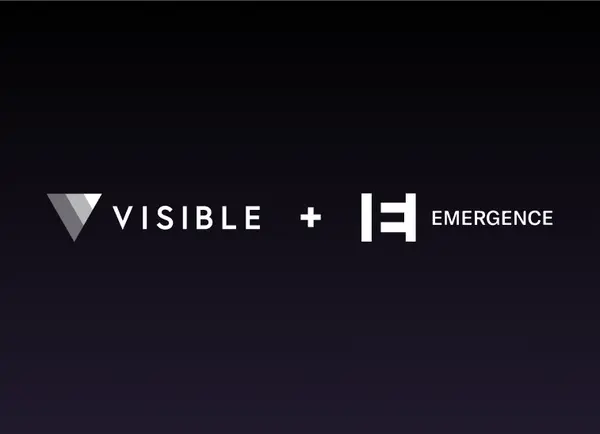The Call for Sales Development Reps
Sales development reps (SDR) are an extraordinary tool to help you efficiently scale your startup sales staff. Reallocating some of the early work to SDRs can help experienced account executives focus on closing deals. But despite the value of specialization, a recent survey by Bridge Group revealed that just over half (51%) the companies asked segment inbound qualification and outbound prospecting into separate roles. What are they missing? The Bridge Group listed out four key advantages to specializations:
- A more focused, accountable sales force
- A well-aligned process to match prospect behavior
- Clearly defined career paths in your organization
- Role-specific innovations
Of course, not every company will have enough employees to segment its sales staff. In the article, David Skok provided two provided criteria to know when you’re ready to hire a SDR:
- There is enough lead flow to make qualifying potential customer a full-time job for SDRs
- There is enough budget to hire two SDRs–hiring only one SDR might give you inaccurate view of how effective the role can be for your company
Related Reading: Breaking Down the Nuances of Annual Contract Value (ACV)
When adding SDRs, your return on investment may take an initial dip as the added staff may not be remarkably efficient out of the gate. But even if metrics slide, Conner Burt, Chief Operating Officer at Lesson.ly, said the long-term prospects for SDRs can often be bright for your business. “Your building a bench that you can use to promote SDRs to quota bearing sales people. That’s an intangible benefit.”
Since 2010, there’s been a steady rise in the number of SDRs hired, which has resulted in a drop in the level of experience for the position. The average experience now is 1.3 years. The number of companies that hire SDRs with less than one year of sales experience has quadrupled since 2010.
So ready to hire? While not all organizations are equal, Tomasz Tunguz does recommend having an average contract value (ACV) over $3,000 to justify building out your sales pipeline. Once you’re ready and looking for SDRs, Hubspot has a list of 19 questions for you to ask candidates. Here are some examples of the kind of questions they recommend:
- Pretend I’m a potential customer: how would you describe our product?
- Why do you want to sell this product?
- What would you ask potential leads to determine if they’re qualified?
- How would you research a potential customer? What resources would you use?
- What do you think will be the most common objections you’ll hear from potential clients?
Lastly, while we’re on the subject of scaling your sales staff, be sure to check out this post from SalesHacker on the topic for further reading.



